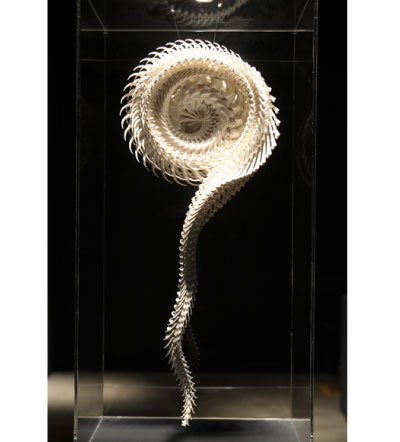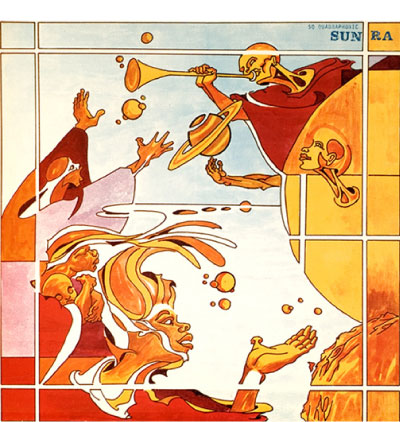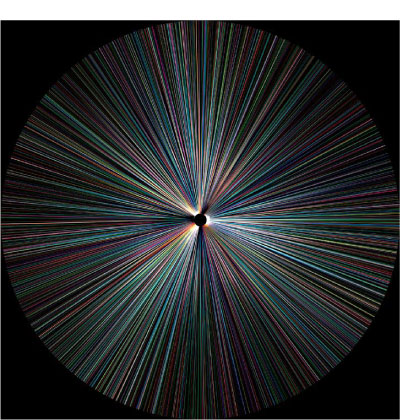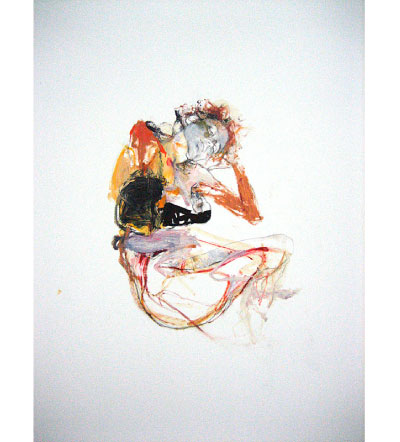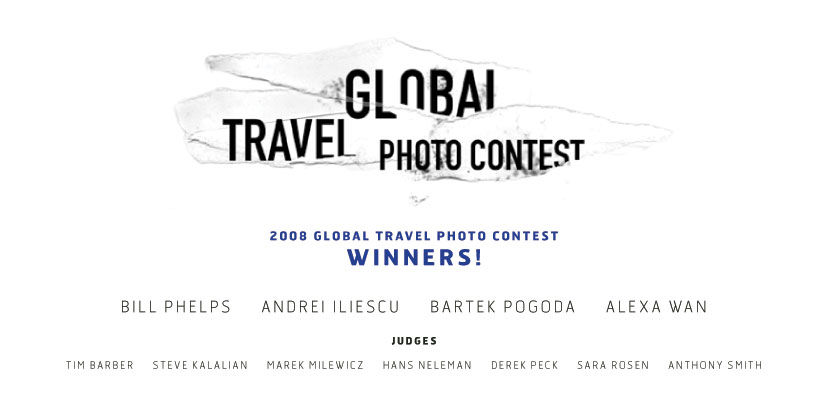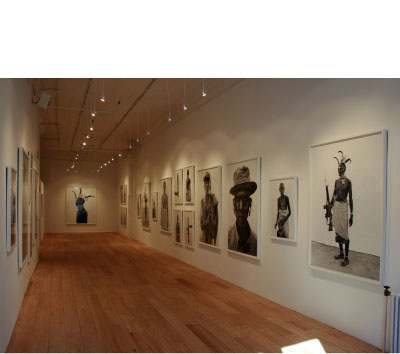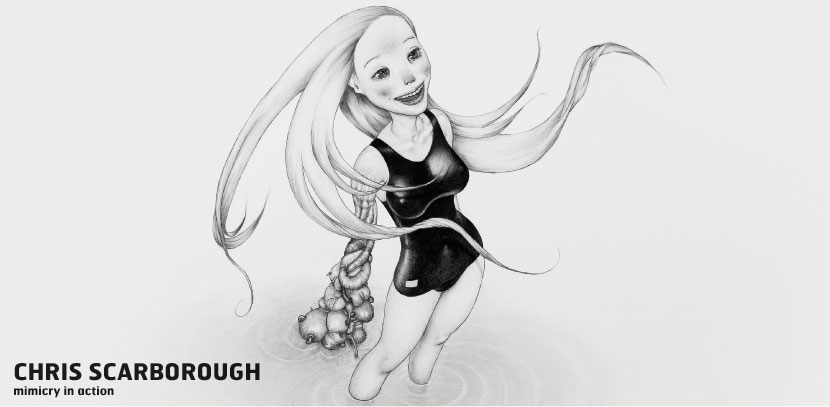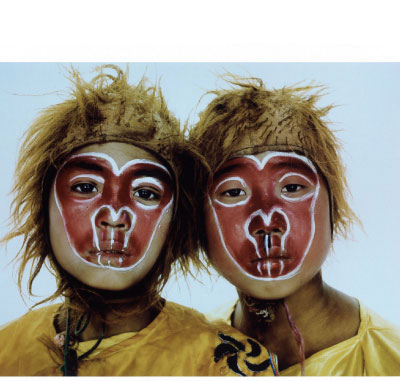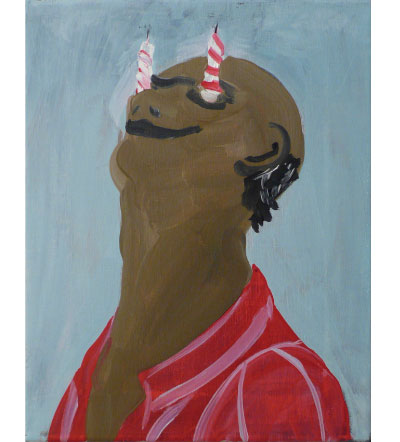
Dark Night of the Soul – the first collaboration and installation between Danger Mouse, Sparklehorse, and David Lynch – explores the idea of collective introspection. Now showing at the Michael Kohn Gallery in Los Angeles, the exhibit consists of a two-room installation streaming the album written by Danger Mouse and Sparklehorse, accompanied by photos taken by Lynch. Inspired by the album, Lynch’s photo sets read like mini-storyboards, and resemble a series of film stills. The album features guest vocalists The Flaming Lips, Gruff Rhys of The Super Furry Animals, Grandaddy’s Jason Lytle, Julian Casablancas of The Strokes, Frank Black of The Pixies, Iggy Pop, James Mercer of The Shins, Nina Persson of The Cardigans, Suzanne Vega, and Vic Chesnutt. The interplay between music and visuals in Dark Night of the Soul heighten and confuse the sensory experience, creating a myriad of emotions and responses.
Hauntingly beautiful and grotesque, poignant and sometimes comical images accompany lyrics about revenge, war, pain, loss and hallucinatory states. From the opening track, The Flaming Lips’ “Revenge”, to David Lynch’s “Dark Night of the Soul”, we are taken on a disturbing and cerebral journey, one that moves increasingly from the tangible to the surreal. Each track is accompanied by a set of three or four images, which individually and collectively tell a story.





 Facebook
Facebook Permalink
Permalink Digg
Digg Reddit
Reddit LinkedIn
LinkedIn StumbleUpon
StumbleUpon Tumblr
Tumblr
